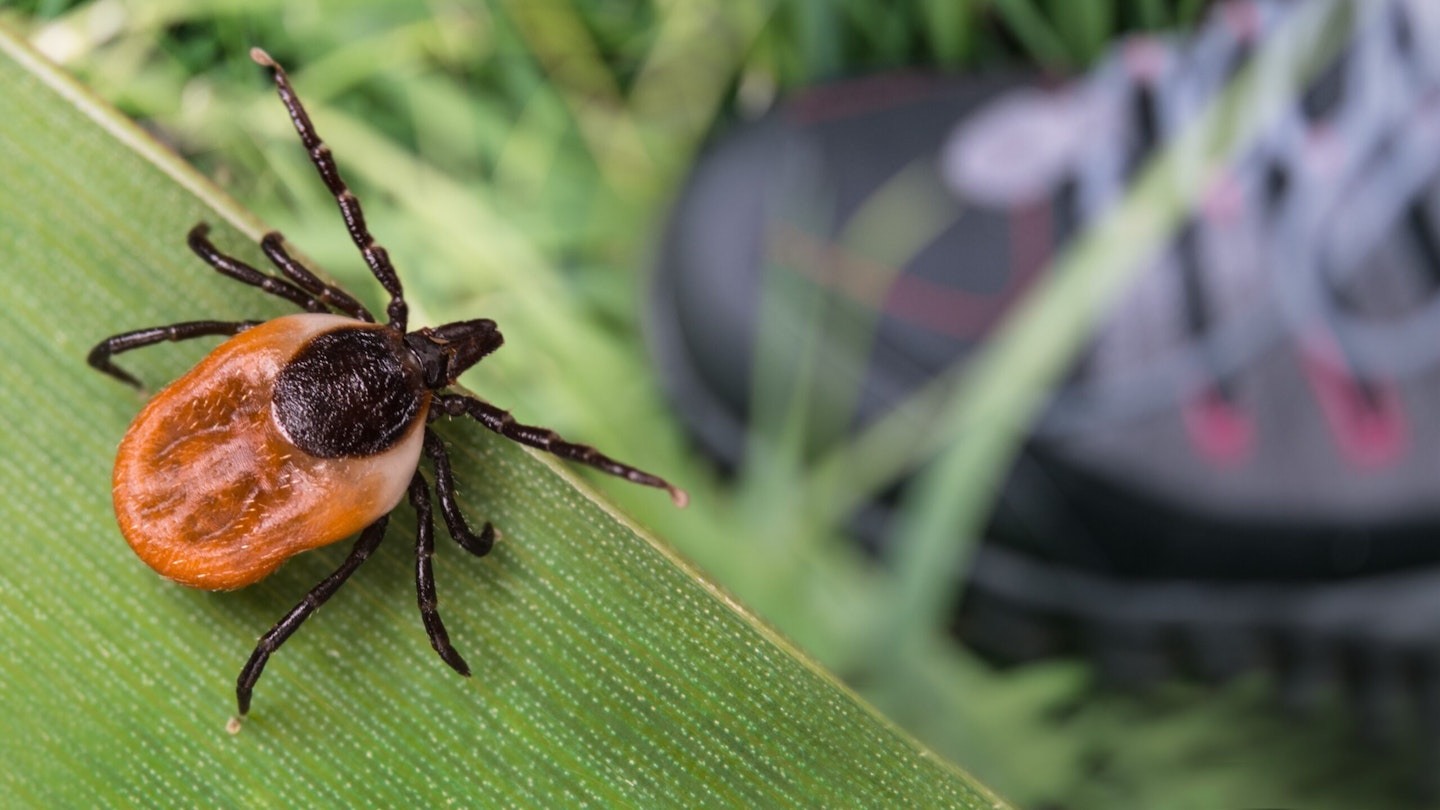As anglers, we very often take for granted just how dangerous it can be to spend time near the water. Thankfully injuries are usually few and far between which is great news, but there are a range of other dangers that all anglers should be aware of, some of which are hidden from view most of the time.
That said, the threat from each can be nullified by being vigilant and using a little common sense, so we can all enjoy our favourite sport safely!
Heatstroke
What is it?
Smothering yourself in Factor 50 suncream may help to ward off sunburn, but heatstroke, or heat exhaustion, can also be a serious problem and is something that thousands suffer from each year. In a nutshell, it occurs when your body gets too hot. If not treated, it can be life-threatening. Signs of heat exhaustion include headache, dizziness, feeling sick and cramps.
How to avoid it!
Drink plenty of water or cold drinks, and wear light-coloured, loose-fitting clothing. If you start to feel hot and dizzy, move out of the sun to a shady place and rest, while sipping cold fluids.
THE BEST FISHING BIVVIES CAN HELP PROVIDE SHELTER FROM THE SUN!
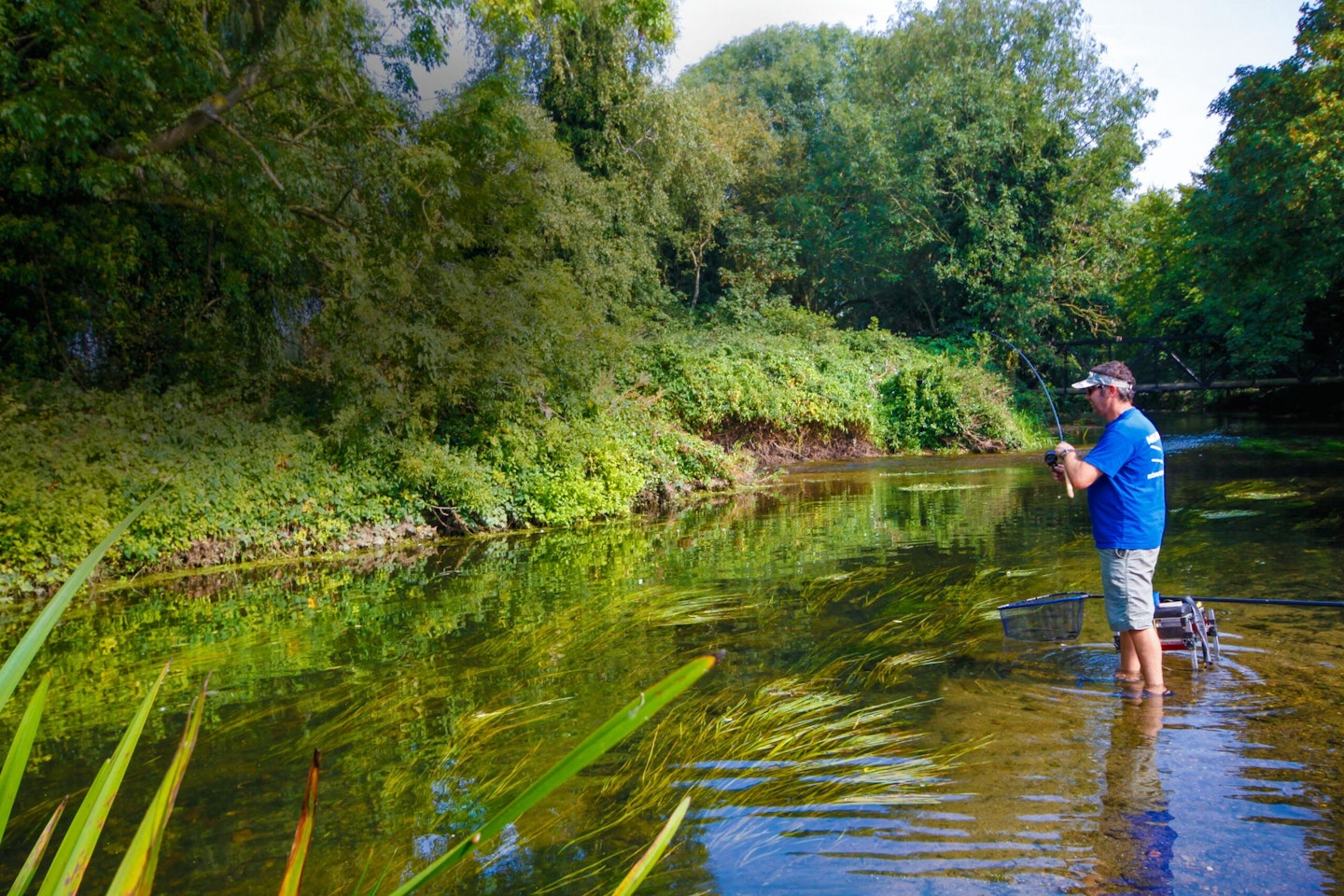
Weil's Disease
What is it?
A severe form of leptospirosis, which can be contracted via the urine of infected animals, including rats and mice, which – as we all know – like to frequent some fisheries! It can be contracted by coming into contact with contaminated soil or water, often in the margins of lakes, rivers or canals, which is then inadvertently ingested by touching your mouth or eyes, or by getting it into open cuts or grazes.
Symptoms are flu-like: headaches, aches and pains in the limbs, nausea, loss of appetite – and most people recover in a few weeks with antibiotics. However, if the bacteria infect the organs, a far more severe reaction can occur, which is when it becomes classified as Weil’s disease, which may require hospitalisation.
How to avoid it!
Cover any cuts and grazes with waterproof plasters, wash your hands or use anti-bacterial gel throughout the day, and keep any cooking or drinking utensils off the ground (this last one particularly applies to carp anglers).
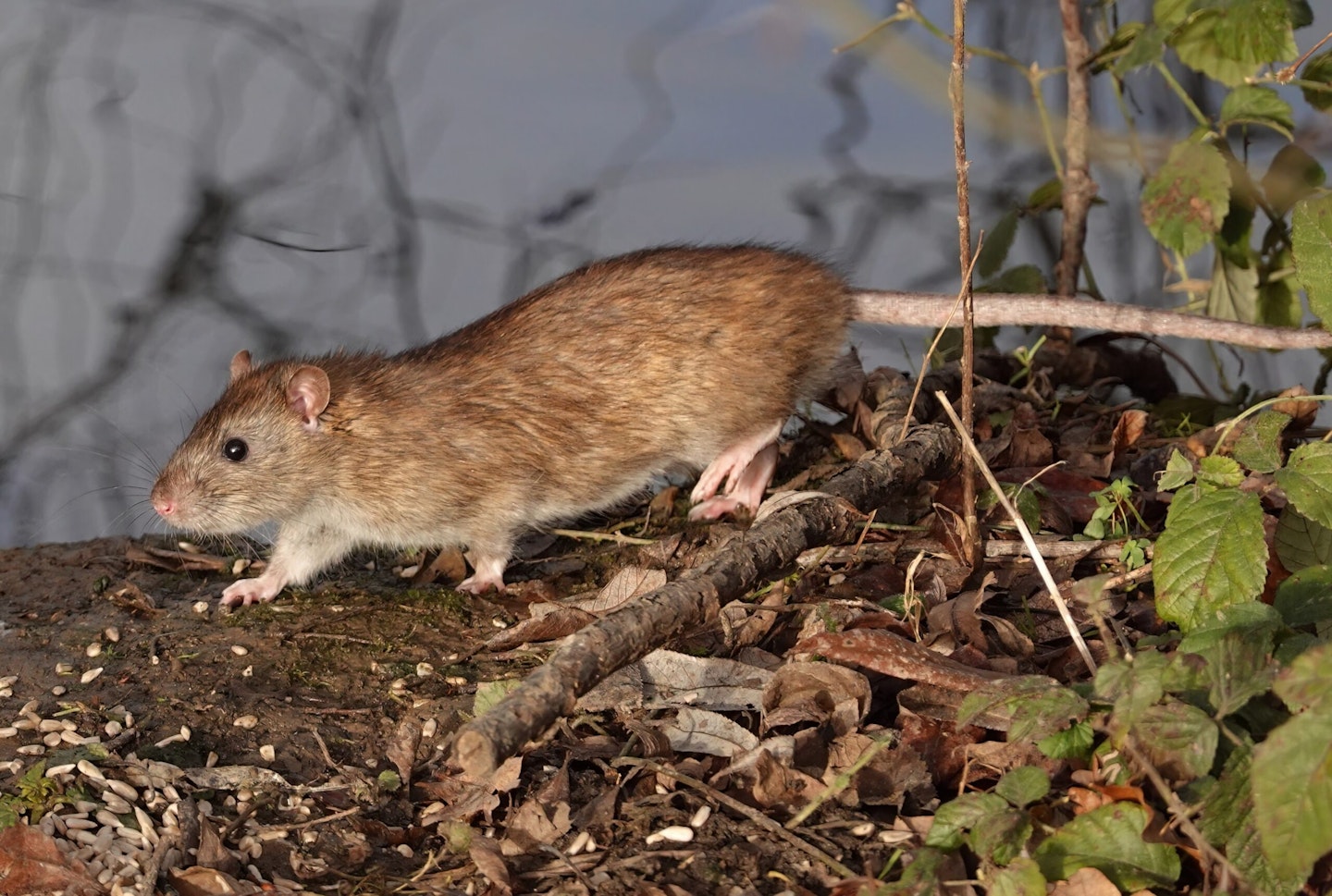
Blue-green algae
What is it?
Naturally occurring in all freshwater environments, blue-green algae are a type of bacteria known as Cyanobacteria which can produce toxic chemicals. It’s widely believed that only animals are at risk from it, but while the effects are far more severe for them, it can cause serious health problems for humans too, with rashes, eye irritations, vomiting, fever and muscle/joint pain.
How to avoid it!
Summer is the high season for blue-green algae, as the warm weather causes concentrations to increase and form blooms. These can look like layers of weak green/blue paint along the margins or the windward ends of lakes. To check whether it’s blue-green algae, rather than jus filamentous algae, poke the scum with a stick and, if it breaks into small particles or clumps, it is likely to be blue-green algae.
To avoid problems, simply fish elsewhere, and if you take your dogs fishing, try to prevent them drinking from the margins. You should also report blue-green algae blooms to the EA’s 24-hour incident hotline on 0800 807060.
RIVERS ARE LESS PRONE TO BLUE-GREEN BLOOMS, HERE ARE SOME EXCELLENT STRETCHES TO TRY.
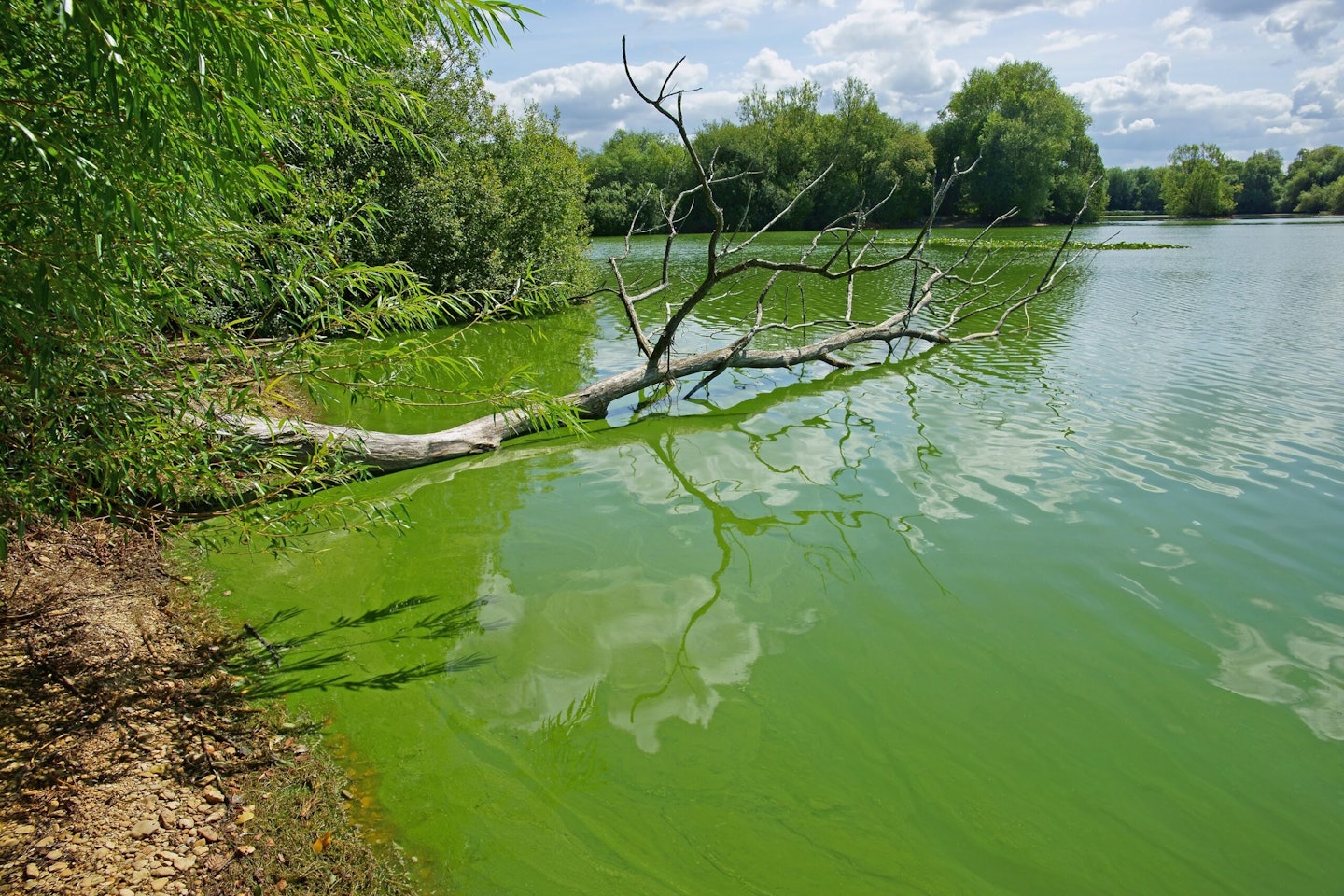
Lightning
What is it?
The vast majority of people who are badly injured or killed by lightning are partaking in outdoor sports/leisure activities, with fishing being high on that list. Most of the 50+ deaths that have been caused by it in the past 40 years took place between May and October – which is also the peak fishing season!
Although deaths are relatively rare these days, serious injury from a lightning strike is far more common... 15 times more common than deaths.
How to avoid it!
Although the chances of being hit remain slim, waving around 12ft of carbon in a thunderstorm is asking for trouble, as is bobbing about on a boat in the middle of the lake. Remember, too, that lightning can occur up to 10 miles away from its source cloud, so err on the side of caution. Lightning often strikes the tallest object in a given area, so reel in, keeping your rod low to the water, and don’t seek shelter under any large trees or isolated structures while you sit out the storm.
THE BEST BITE ALARMS WILL WITHSTAND THE WORST OF THE UK WEATHER!
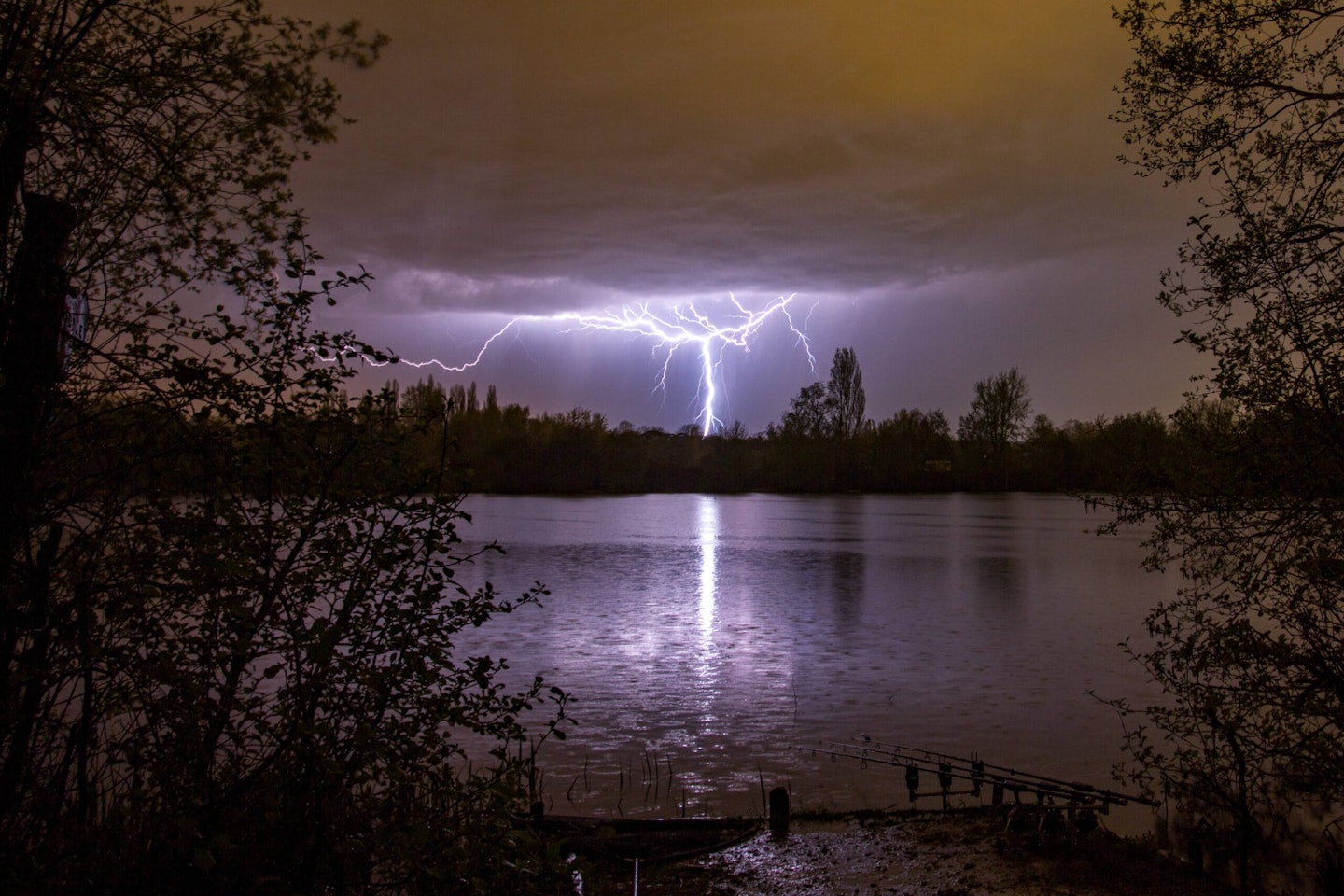
Lyme disease
What is it?
Lyme disease is a bacterial infection that’s contracted by being bitten by infected ticks. Not all ticks carry it, so if you find one on your body and safely remove it, the chances of infection are quite slim. Early symptoms include a circular red rash around the bite, appearing up to three months after being bitten and usually lasting for several weeks.
Tick bites are not always painful, and you may not notice a tick unless you see it on your skin. To remove one, use fine tweezers or a tick-removal tool (available from pharmacies and pet shops) to grasp the tick close to the skin, and slowly pull upwards, taking care not to squeeze or crush the tick. Clean the bite with antiseptic cream/gel.
How to avoid it!
Wear light- coloured, long-sleeved shirts and long trousers tucked into socks or boots. Use insect repellent containing DEET, and stay on paths, trying to avoid tall grass or areas of ferns and bracken.
WE RECENTLY REVIEWED INSECT REPELLENT CLOTHING TO KEEP YOU SAFE ON THE BANK...
